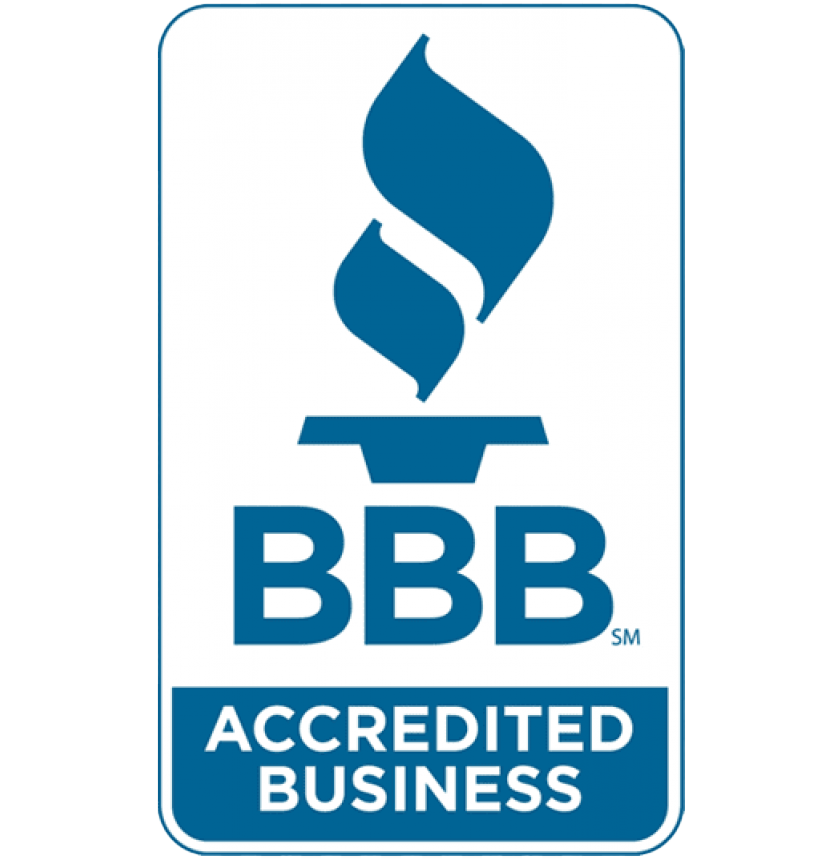E-Commerce platforms can be categorized into 4 major models: Business-to-Business (B2B), Business-to-Consumer (B2C), Consumer-to-Consumer (C2C), and Consumer-to-Business (C2B).
Business-to-Business (B2B)
In a Business-to-Business E-commerce platform, one business is selling goods to another business. Usually in the form of wholesalers dealing with retailers; for example manufacturers of specific products that sell to other manufacturers, who then use their purchased goods to produce new goods. Companies like Shopify, BigCommerce, and YoKart are examples of current B2B e-commerce platforms. An advantage of the B2B model is the sheer amount of values. Due to the nature of the transaction, B2B sales usually involve large orders and bulk purchases. B2B businesses also enjoy more secure and trackable transactions. However, the limited reach of dealing solely with other businesses is a potential drawback for B2B businesses.
Business-to-Consumer
A Business-to-Consumer e-commerce platform differs in the sense that instead of focusing on transactions between two businesses, the focus is on a business selling a good to a consumer. Mirakl and Volusion are both examples of business-to-consumer e-commerce platforms. Mirakl is a platform company that provides on-demand marketplace capabilities, while Volusion is an E-commerce online store builder that makes selling products/services online easy regardless of a user’s technology background. B2C e-commerce is attractive to businesses because switching to an e-commerce model gets rid of lines and offers users to access their products even if they do not live close to the stores. This saves the business money in potential rent in locations that are closer to that customer. However, the limited interaction with products like clothing or furniture could be a potential drawback to adopting this model.
Consumer-to-Consumer
Consumer-to-Consumer E-commerce platform consists of transactions of goods between a customer and another customer. One of the most popular examples of this kind of platform is Ebay.com, where users can sell their goods to other users. Other examples of this kind of platform are LetGo, Offerup, and Facebook marketplace.
Consumer-to-Business
The final model is a Consumer-to-Business platform. In this environment, one customer offers goods or services to many businesses who then make bids on the goods or services being offered. An example of this Upwork, a platform where businesses and independent professionals connect to fulfill freelance jobs.
Have any questions or feel like we missed something? Please don’t hesitate to let us know. We always appreciate the feedback!
Photo by Stas Ovsky on Unsplash




